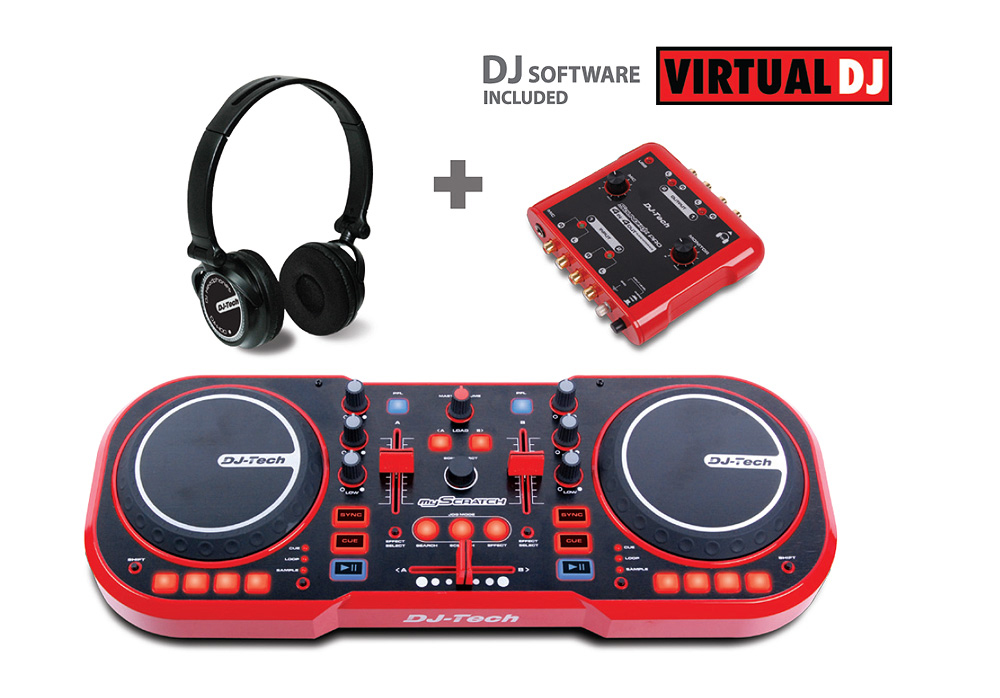
The only thing missing to make that into a basic four deck mixing layout is individual EQs – luckily they still exist on the mixer controls for the channel.Įach group of sample decks can also be controlled as a group just like a deck.


Looking at the screenshot you can see we have key correction, effects assign and monitoring options along the top, and basic controls for start/stop, volume and filter along the bottom. The decks themselves are simple enough to get to grips with, and very similar to a stripped back track deck. What would happen if you switched all 4 decks into loop players? In this article I’m going to explore the concept, and feasibility, of running all four decks in sample mode, allowing for on the fly remixing and building tracks from the ground up in a live situation and trying to push the sample decks into being more than an auxillary tool.

As some of you probably know, Traktor offers the ability to change any of its decks into 4 sample/loop players.


 0 kommentar(er)
0 kommentar(er)
